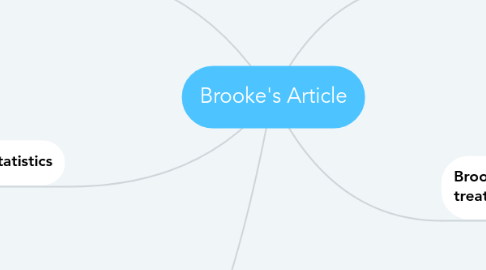
1. The education system has become culturally cohesive, rewarding and encouraging a certain sort of person.
1.1. one who is nurturing, collaborative, disciplined, neat, studious, industrious and ambitious. People who don’t fit this cultural ideal respond by disengaging and rebelling.
1.2. Far from all, but many of the people who don’t fit in are boys.
2. Statistics
2.1. The numbers for boys get worse and worse. By 12th grade, male reading test scores are far below female test scores.
2.1.1. Boys used to have an advantage in math and science, but that gap is nearly gone. Boys are much more likely to have discipline problems.
2.1.2. psychologist Michael Thompson mentioned at the Aspen Ideas Festival a few days ago that 11th-grade boys are now writing at the same level as 8th-grade girls.
2.2. An article as far back as 2004 in the magazine Educational Leadership found that boys accounted for nearly three-quarters of the D’s and F’s.
2.3. Some colleges are lowering the admissions requirements just so they can admit a decent number of men.
2.3.1. Even so, men make up just over 40 percent of college students. Two million fewer men graduated from college over the past decade than women. The performance gap in graduate school is even higher.
3. Possible Solution
3.1. But the big story here is cultural and moral. If schools want to re-engage Henry, they can’t pretend they can turn him into a reflective Hamlet just by feeding him his meds and hoping he’ll sit quietly at story time.
3.1.1. Schools have to engage people as they are. That requires leaders who insist on more cultural diversity in school: not just teachers who celebrate cooperation, but other teachers who celebrate competition; not just teachers who honor environmental virtues, but teachers who honor military virtues; not just curriculum that teach how to share, but curriculum that teach how to win and how to lose; not just programs that work like friendship circles, but programs that work like boot camp.
3.2. The basic problem is that schools praise diversity but have become culturally homogeneous. The education world has become a distinct subculture, with a distinct ethos and attracting a distinct sort of employee. Students who don’t fit the ethos get left out.
3.2.1. Little Prince Hal has a lot going on inside. He’s not the unfeeling, uncommunicative, testosterone-driven cretin of common boy stereotype. He’s just inspired by a different honor code. He doesn’t find much inspiration in school, but he should.

